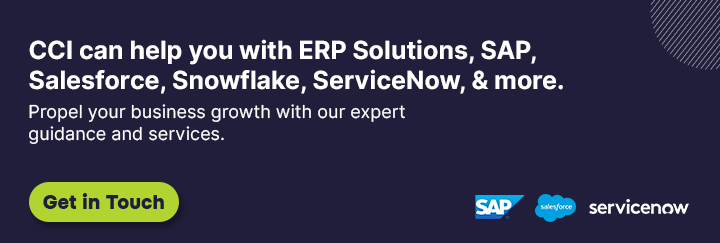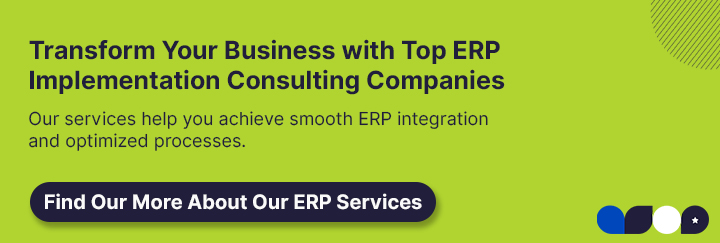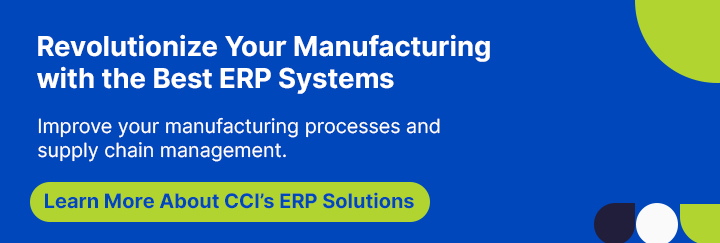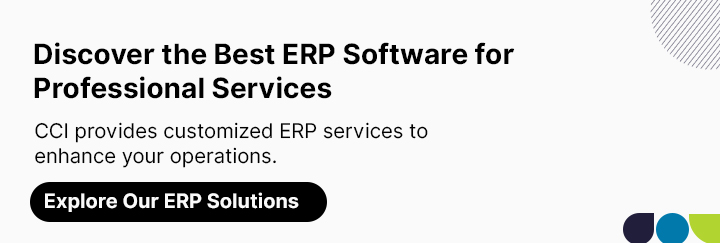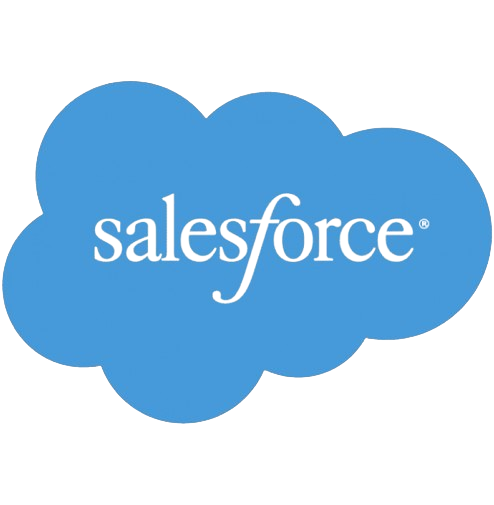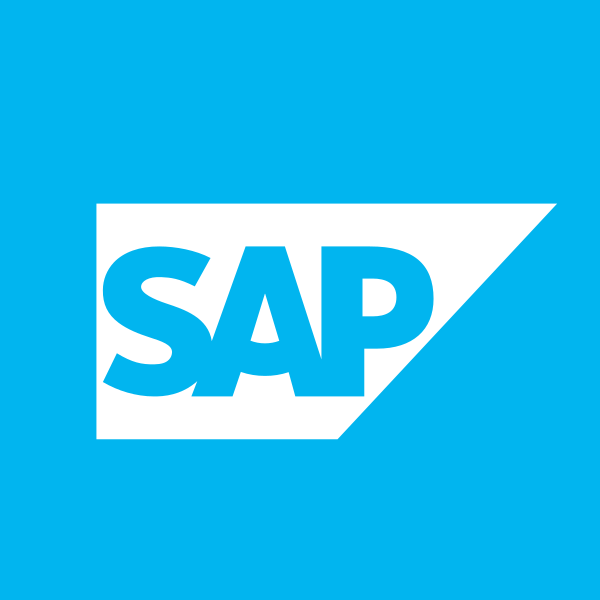SAP Implementation Process, Costs, and Best Practices in 2025
Updated on December 27, 2025
Systems, Applications & Products in Data Processing, better known as SAP, is a global leader in enterprise software, powering operations for most businesses worldwide. For small and medium-sized businesses (SMBs) and enterprises, implementing SAP is a strategic move that streamlines processes, boosts efficiency, and drives growth. However, SAP professional solutions demand careful planning to avoid common pitfalls like overruns. In 2025, with rising digital demands, mastering the SAP implementation process is essential for scalability and cost control.
What is SAP Implementation?
SAP implementation involves deploying SAP’s enterprise resource planning (ERP) software to integrate core business functions like finance, supply chain, HR, and sales into a unified system. This process transforms how businesses operate, providing real-time insights and automation. According to a survey, successful implementations can reduce operational costs by 20-30% and improve decision-making speed by 25%.
The shift to cloud-based SAP solutions like S/4HANA has made implementation more agile, with SAP Activate methodology replacing the older ASAP approach. Activate emphasizes iterative phases, cloud readiness, and best practices, reducing time-to-value. For SMBs, this means starting small and scaling up; for enterprises, it involves migrating legacy systems without disruption.
>> Related Post: Top Salesforce Marketing Cloud Implementation & Consulting Companies
SAP Implementation Phases
The SAP implementation process follows a structured methodology, typically SAP Activate, divided into five key SAP implementation phases. This agile framework, introduced in 2014 and refined for 2025, combines best practices from ASAP and Agile, emphasizing discovery, preparation, realization, deployment, and run phases. Here’s a breakdown, based on SAP’s official Activate roadmap:
1. Discover Phase
- Overview: This initial phase involves assessing business needs, defining goals, and evaluating SAP’s fit. It includes workshops to identify gaps and opportunities.
- Key Activities: Conduct fit-gap analysis, create a project roadmap, and select deployment model (on-premise, cloud, or hybrid).
- Duration: 2-4 weeks.
- Challenges: Misaligned expectations; mitigate with stakeholder buy-in.
2. Prepare Phase
- Overview: Focuses on planning and setup, including team formation and infrastructure readiness.
- Key Activities: Define scope, assemble project team, set up development environments, and establish governance.
- Duration: 4-6 weeks.
- Challenges: Resource allocation; address with clear roles.
3. Explore Phase
- Overview: Involves detailed blueprinting and configuration testing.
- Key Activities: Run fit-to-standard workshops, customize SAP modules, and validate processes.
- Duration: 6-8 weeks.
- Challenges: Customization overreach; stick to standard processes where possible..
4. Realize Phase
- Overview: The core building and testing phase, where configurations are developed and iterated.
- Key Activities: Build, test, and refine SAP solutions in sprints, including data migration and user training.
- Duration: 8-12 weeks.
- Challenges: Testing delays; use automated tools like SAP Solution Manager.
5. Deploy and Run Phase
- Overview: Final go-live and ongoing support, transitioning to production.
- Key Activities: Final data load, user rollout, hypercare support, and performance monitoring.
- Duration: 4-6 weeks for deployment; ongoing for run.
- Challenges: Downtime; minimize with phased rollouts.
>> Related Post: Accelerating AI Maturity Through Tailored ERP Solutions in 2025/2026
Costs of SAP Implementation in 2025
SAP implementation costs vary by business size, scope, and deployment model. According to Synavos’ 2025 guide, total costs range from $100,000 for SMBs to $5 million+ for small enterprises.
Breakdown (estimates from Itransition and SAP partners, 2025):
- Licensing: $50,000-$500,000 annually, depending on users
- Implementation Services: $200,000-$2 million, including phases.
- Data Migration and Integration: $50,000-$300,000
- Training and Change Management: $20,000-$100,000.
- Ongoing Maintenance: 15-20% of initial cost annually ($50,000-$500,000).
>> Related Post: Salesforce Integration with SAP: Key Benefits, Challenges & Best Practices
Best Practices for SAP Implementation in 2025
Successful SAP implementations hinge on proven strategies to minimize risks and maximize value.
1. Define Clear Objectives
Align implementation with business goals, such as 20% cost reduction or 25% efficiency gains. Conduct a fit-gap analysis early to avoid scope creep, which affects 50% of projects.
2. Choose the Right Partner
Select certified partners like Cloud Consulting Inc. with proven track records. The company’s rating and number of projects ensure expertise in SAP implementation phases.
3. Prioritize Change Management
Train users and manage resistance, as 70% of failures stem from poor adoption, per Deloitte’s 2024 survey. Use iterative training and stakeholder communication.
4. Focus on Data Migration
Cleanse and map data accurately, using tools like SAP Data Services.
5. Adopt Agile Methodologies
Use SAP Activate’s sprints for flexibility and shortening timelines.
6. Plan for Continuous Improvement
Post-go-live, monitor performance with SAP Solution Manager and optimize, ensuring 15-20% annual efficiency gains.
>> Related Post: Scaling Your Business with 5 CRM Best Practices in 2025
CCI’s Role in SAP Implementation
CCI, a certified SAP consulting partner, guides businesses through every SAP implementation process. We automate integrations, reducing scaling challenges. Services include:
- Consulting: Conducting fit-gap analysis and developing a strategic roadmap tailored to your business needs.
- Implementation: Managing all phases of SAP deployment, from initial discovery through to successful go-live.
- Managed Services: Providing ongoing post-launch support and optimization to maximize SAP performance.
Explore our full range of Professional Services, including specialized solutions like Rise with SAP, S/4HANA, and Supply Chain Solution to transform your enterprise operations.
